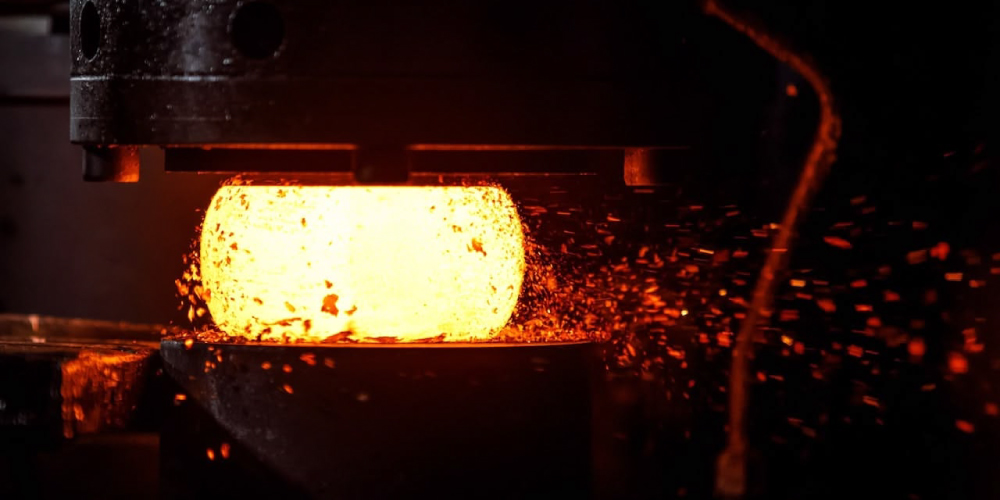Aerospace forging inspection
Industrial context
Aircraft engine turbine disks are the most highly stressed components in the system. Located at the core of the engine, they secure the blades in place. Typically manufactured through forging, these disks often feature diffusion bonding for enhanced structural integrity.
NDT inspection time is a key constraint in aircraft manufacturing, where undetected sub-millimeter defects in titanium components risk catastrophic engine failure. Conventional ultrasonic testing and sequential phased-array methods demand multiple passes, manual probe repositioning, and skilled operator interpretation, resulting in prolonged inspection cycles and potential oversight in geometrically complex parts. Advanced solutions are needed to improve speed, coverage, and reliability while reducing dependence on operator expertise.
EKOSCAN’s FAAST phased-array technology leverages a 2D matrix probe with multi-focus and multi-angle single-shot capability to detect small flat-bottom holes and diffusion bond defects more efficiently than conventional or traditional phased-array methods. The complete solution includes probes, FAAST electronics, and acquisition and analysis software tailored for inspecting titanium billets, titanium disks, and nickel alloy components. The system’s patented algorithm (FAAST) enables simultaneous multi-angle firing, allowing detection of defects as small as 0.4 mm in diameter from 1.5 mm to 140 mm deep in turbine discs. The integrated analysis software overlays C-scan slices onto CAD references to provide accurate defect depth and size assessment.


Reliability and resolution
The FAAST system has proven its ability to detect flat-bottom holes as small as 0.4 mm during disk inspection trials. This level of sensitivity ensures compliance with the strictest aerospace defect sizing requirements. The technology’s simultaneous multi-angle, multi-depth data capture significantly improves defect characterization reliability compared to conventional methods.
Productivity
The FAAST system’s single-shot multi-focus and multi-angle acquisition eliminates the need for multiple sequential phased-array scans. This parallel data capture approach cuts inspection cycle times by an estimated factor of 2 to 8 compared to conventional sequential PA methods, even under conservative estimates. The result is significantly higher part throughput while maintaining detection reliability and sizing precision.
See our other case studies
